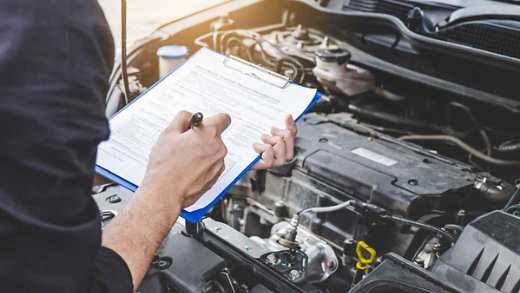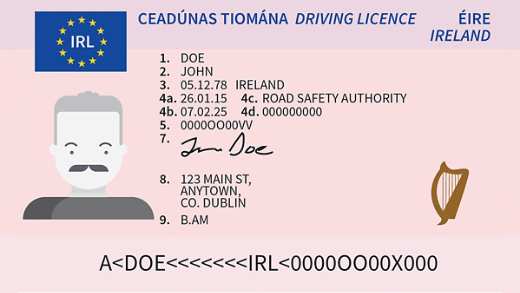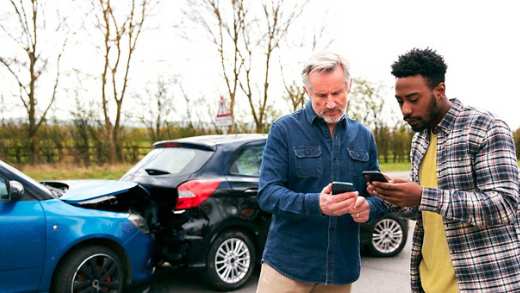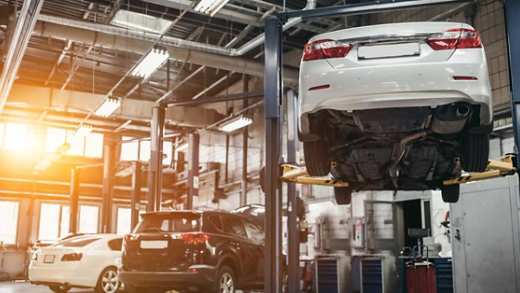Ever had that frustration of getting into your car and the battery’s flat? Here’s some ways you can fix that problem. For your safety, and peace of mind we always recommend you call our breakdown assistance team and leave the jump starting to our trained mechanics:. Or, if you have access to a car battery charger/conditioner this would be the next best option however if you don’t, here’s a step-by-step guide of getting your car going by using jump leads:
What do I need to jump start a car with jump leads?
- A second vehicle with a fully charged battery. Avoid using a hybrid or electric car as this could cause damage.
- A pair of quality jump leads
Safety precautions before jump starting a car with jump leads
- Check for damage - if there’s any obvious damage to either of the batteries, or the jump leads, don’t risk attempting a jump start
- Remove any rings or metal jewellery you’re wearing and make sure nothing metal touches the terminals on the battery.
Ten steps to jump start a car
1. Before starting, make sure any electrical systems or devices in the vehicle with the dead battery are switched off (Lights, radio/CD, sat-nav etc).
2. Park the second vehicle as close to the casualty vehicle as possible, without the vehicles touching, ensuring the jump leads will comfortably reach from one battery to the other.
3. Ensure both vehicles engines are switched off, remove the ignition keys and open their bonnets (or boot if the battery’s located there).

4. Attach one end of the red jump lead to the positive terminal on the flat battery or jump start point (refer to owner’s manual). The positive terminal jump start point will usually have a red plastic cover with a plus (+) symbol on it. Pull the cover back to access the terminal.
5. Then attach the other end of the red jump lead to the positive terminal of the good battery on the second vehicle.

6. Attach one end of the black jump lead to the negative terminal of the good battery.
7. Then attach the other end of the black jump lead to a good earth point on the casualty vehicle – a solid metal part of the engine is usually best (see image below).

8. Start the engine of the second vehicle.
9. Now attempt to start the casualty vehicle. If it doesn’t start after a few attempts, it might be more serious than a flat battery. In this event, seek professional help.
10. If it does start, leave both vehicles running for five minutes.
How to remove the jump leads
- Switch off the engines on both vehicles
- Disconnect the black jump lead that is connected to the casualty vehicle
- Disconnect the other end of the black jump lead from the second vehicle
- Disconnect the red jump lead that is connected to the second vehicle
- Disconnect the other end of the red jump lead from the battery on the casualty vehicle
After the leads have been removed
Restart the engine on the casualty vehicle.
The battery will need to recharge fully for it to be fully serviceable, which is best achieved using a quality battery charger for several hours.
In the meantime, if possible, drive the vehicle normally (not in heavy traffic) for around 30 mins to try to put some charge back into the battery.
And there you have it, ten simple steps to jump start your car! We don’t just help you get your car back on the road, we help protect it on the road too.
At Aviva, safe drivers save more so we want to reward you with 15% off your car insurance when you buy online. Get your quote today.1
We encourage our customers, where possible, to make use of our online options to access any help you need. If you have a query you can reach us via our contact forms. MyAviva is an online self-service portal available to all our home and car insurance customers.
















